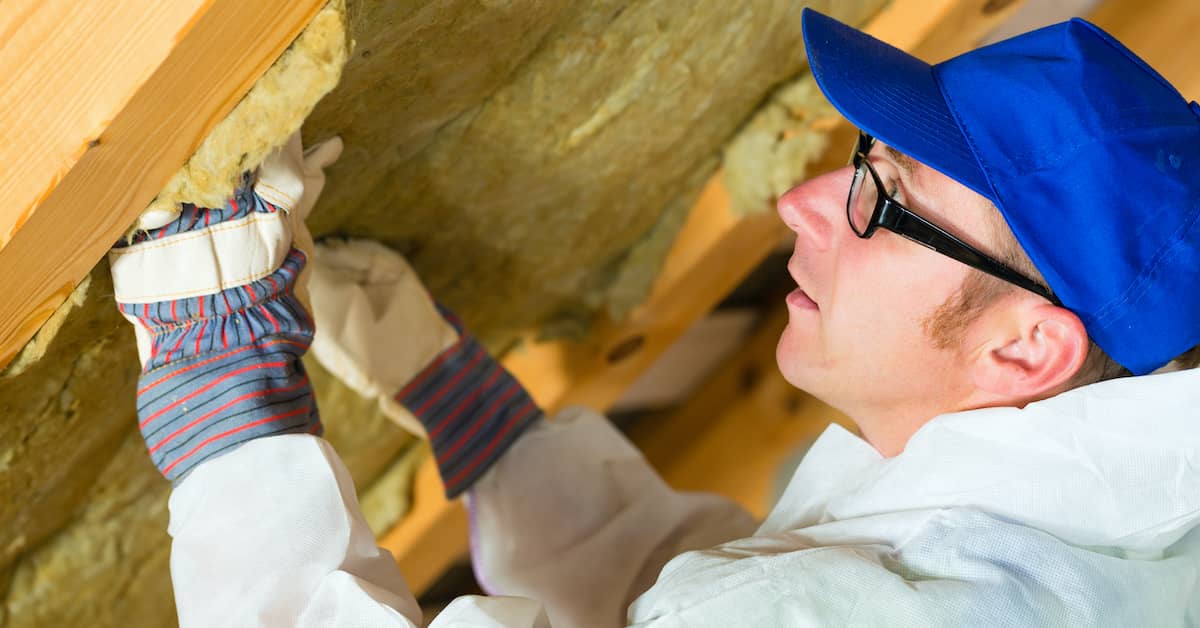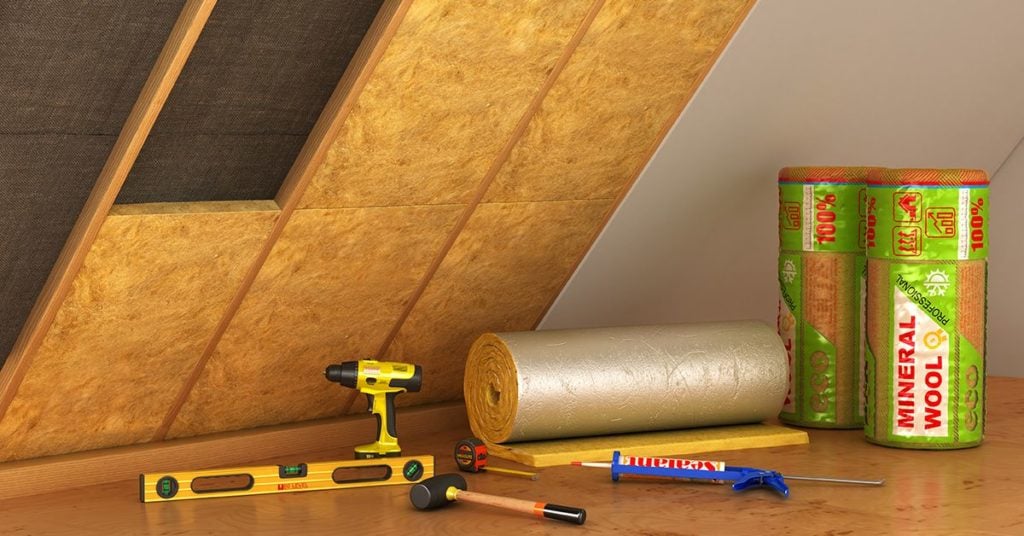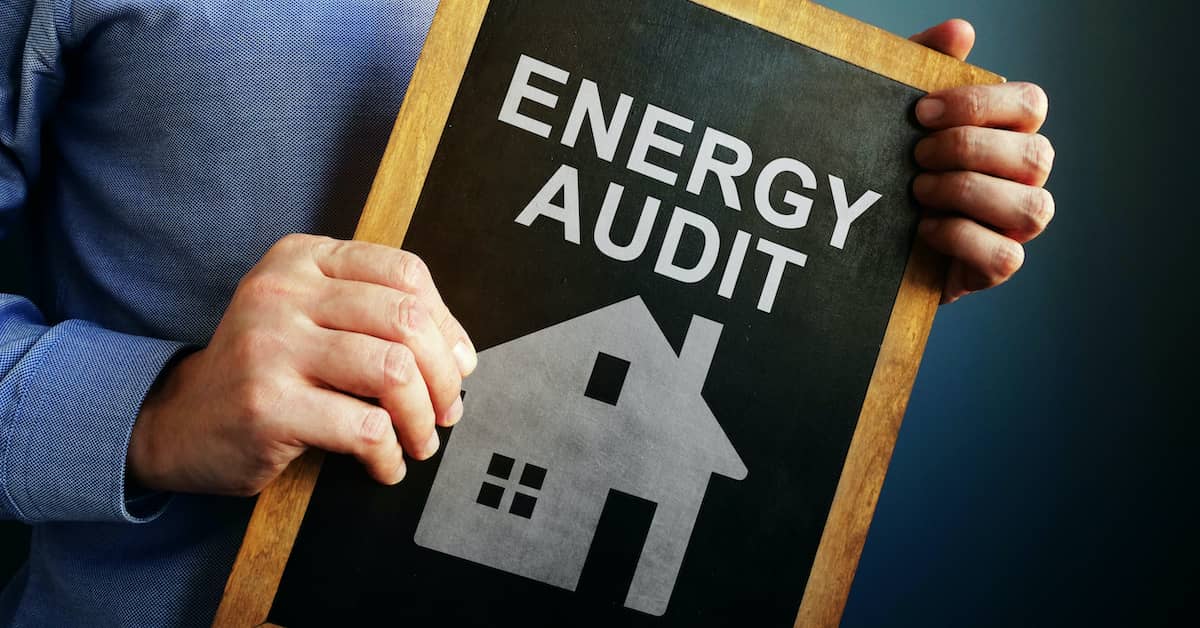
How to Improve Insulation
Inadequate home insulation can pose a number of problems. Uneven heating and cooling can make rooms in your house uncomfortable, creating hot and cold spots and leading to drafts. You might also notice an unpleasant stale or musty smell that is often a sign of contaminants in the air. Perhaps the biggest issue most homeowners notice with poor insulation, however, is what they have to pay on each month’s energy bill.
All of these issues can lead homeowners to want to make improvements in their home insulation. However, this can be a time-consuming, messy, and expensive project if you don’t have an effective plan.
The answers to two major questions can help you decide the best way to upgrade and improve the insulation in your home:
1. Where Do I Need Insulation?
Location, location, location – it’s the most important thing in real estate, and it is also crucial for insulating a home. The truth is that no house is built 100% insulated. Builders and insulation contractors are strategic in where they install insulation, and you need to take the same approach.
Although you won’t be insulating every nook and cranny, it is important to evaluate all of the spaces from the ground floor (or below) to the peak of the roof. Your goal is to minimize the amount of air that enters or exits your home. The most important places to look include:
The Basement
Insulating the basement creates a protective barrier against the layers of earth outside your home. This can improve the comfort of finished basements, reduce energy consumption, and even help protect your pipes and the foundation.
Many older homes were built with uninsulated basements. Whether you use the space all the time or it goes largely unoccupied, it is important to consider adding or upgrading the insulation (the same is true of the crawl space, if you have one).
Walls and Floors
All of your exterior walls should be insulated. This will create a tight seal against the elements.
Drafty rooms and walls that are cold to the touch are signs that you need to improve wall insulation. Similarly, cold floors indicate the need for insulation in the space below and/or the room where it is uncomfortable to stand. This is particularly true of rooms where the floor rests directly on the ground outside or extends past an exterior wall, as well as rooms above an uninsulated garage or a crawl space.
Doors and Windows
Air leaks are the bane of any homeowner concerned with maximizing energy efficiency and reducing the electric bill. Poorly insulated windows and doors are two of the leading culprits. In both cases, high-quality insulation can cut down on drafts.
Entryway doors should be insulated with weatherstripping and a door sweep or shoe, as well as a tightly sealed gasket along the threshold. These improvements cut down on the air that enters and exits your home when you open the door while also sealing cracks along the frame.
You have two options for insulating windows. The first is to add insulation using weatherstripping or caulk. Installing blinds or shades can provide further insulation. The second option is to replace old windows with new, energy-efficient designs.
The Attic
Attics are among the most ignored areas of any home. Though it might be nothing more than a storage space to you, attic insulation issues can have a serious impact on your home energy efficiency and heating and cooling costs.
Upgrading your attic insulation can prevent hot air from escaping the house during the winter and reduce the buildup of heat in the summer. These improvements can increase the performance of your home from the top down.

2. What Kind of Insulation Do I Need?
Now that you know where to add and how to improve insulation in your home, it is time to decide what type of insulation is right for you. In addition to the areas of your home that need insulation, the most important consideration is the R-value of the material.
R-value is a measure of heat resistance. Insulation materials are rated according to their R-value. The local climate determines what insulation R-values are recommended for different areas of the home. In the Colorado Front Range, the recommended R-values for home insulation are:
- R-19 for basement walls and crawl spaces
- Minimum of R-13 for exterior walls
- R-49 for attics
Different materials have different R-values. The type of material you need depends not only on its effectiveness as an insulator but your budget.
Fiberglass Insulation
Fiberglass insulation is affordable and reliable. It is also resistant to fire and moisture buildup. No surprise, then, that fiberglass is the most common material for insulating homes. Commonly installed as batts or rolls, fiberglass insulation can also be blown into the spaces of your home for maximum effectiveness.
Although extremely effective when installed properly, poorly installed fiberglass insulation is inefficient. Fiberglass also has a lower R-value compared to other insulation materials.
Mineral Wool Insulation
Mineral wool insulation is made primarily from recycled industrial materials such as slag (a byproduct of smelting steel and other metals), rock, or glass. As with fiberglass insulation, mineral wool can be installed in batts or blown-in material.
One of the major advantages of mineral wool insulation is its resistance to fire. It is also an effective sound dampener.
However, mineral wool has poor resistance to moisture. Though not as much of a problem in dry Colorado as it would be in wetter parts of the country, it is important to keep this disadvantage in mind; you do not want to risk mold and mildew growing in your insulation.
Cellulose Insulation
Another sustainable material, cellulose insulation is made from recycled paper. Cellulose insulation is a loose-fill material that is blown into wall cavities. It is treated to be fire resistant.
Cellulose insulation generally has a higher R-value than fiberglass insulation. The price is also competitive with fiberglass. Unfortunately, cellulose insulation also settles over time and degrades when exposed to moisture, resulting in a loss of longevity.
Spray Foam Insulation
If you are searching for the best insulation on the market, look no further than polyurethane foam. Sporting the highest R-value of any insulation material and resistant to air as well as moisture buildup, polyurethane foam insulation is sprayed into the walls of your home and expands to fill in even the tiniest crevices. It is also long-lasting, effectively insulating homes for a lifetime.
Cost tends to be the factor that makes homeowners opt for materials other than spray foam insulation. However, although spray foam does tend to be more expensive than the other options on the market, it is important to balance the cost of installation with what you save on energy in the long-term.
Learn How to Improve Your Insulation Today
Many homeowners try to install insulation themselves only to be disappointed by limited improvements in efficiency and energy savings. Generally, it is in your best interest to work with an experienced insulation contractor to maximize the benefits of an upgrade.
REenergizeCO is committed to improving the energy efficiency of your home and reducing your monthly electric bill. Our crew is knowledgeable and courteous, and we treat your home like we would our own.
Whether you need new insulation, insulation removal and replacement, and/or retrofitting, REenergizeCO will design a custom plan for upgrading your home insulation. Our recommendations are always tailored to your needs, goals, and budget.
If you are ready to make improvements to your home insulation, contact REenergizeCO today. Our home insulation company serves homeowners in Denver, Fort Collins, and throughout the Front Range of Colorado.
"*" indicates required fields


